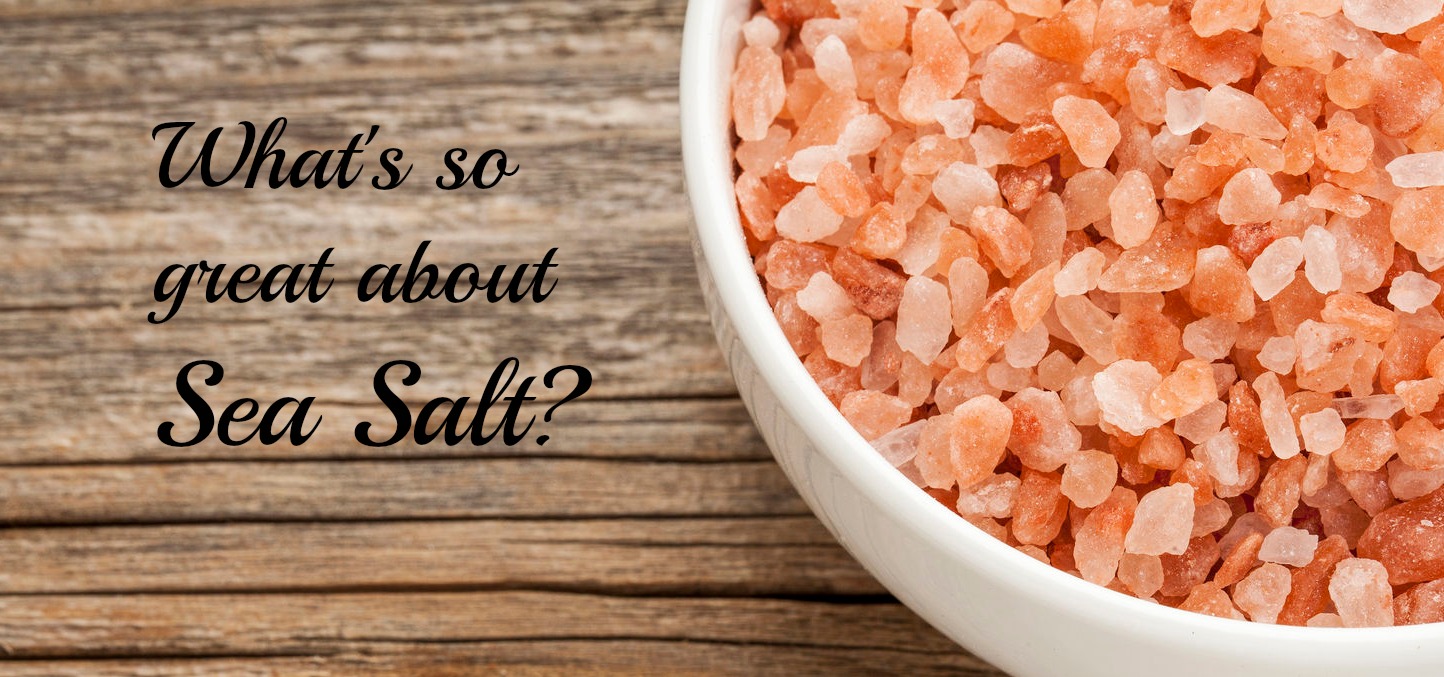Many people are afraid of using salt. But how can something so essential to life be so bad? The answer lies in the way it’s processed. Just like most things we consume, it’s not the food itself that’s bad, but the way we process it. Most of the salt that people use is of very poor quality because it’s been refined, which has stripped it’s trace minerals from it, leaving it void of these amazing nutrients. So, let’s take a closer look into exactly how salt is being refined, what’s that’s doing to our bodies, and what we need to look for when purchasing quality sea salt.
How is salt refined?
Table salt is simply sea salt that has been purified, refined, and bleached, leaving no trace minerals. Sodium and chloride are the only minerals that remain and iodine is later replaced in the form of potassium iodide because it’s known to be crucial for thyroid function. Anti-caking agents like sodium silicoaluminate, sodium bicarbonate, and calcium silicate are also added to keep the salt from clumping together. While it’s true that unrefined salt has a tendency to clump together, I’d much rather have the slumping than have added ingredients in the salt.
Quality salt will have flecks of color scattered within the grains or simply be a different color altogether (usually grey, pink, or brown) due to its trace mineral content. The package will also list the trace minerals that it contains. It may not list them all but it should list at least some. The greater the variety of minerals, the better the salt. Many grocery stores now carry pink Himalayan salt.
What does good quality salt consist of exactly?
All salt is made from evaporated seawater whether it comes from ancient underground salt deposits or straight from the ocean. What remains after the water has evaporated is a thin brown/grey layer of trace minerals (about 2% of salt) under a pure white layer of crystal salt on top (98% sodium chloride). Ideally, both of these layers would make it into our saltshaker. Unfortunately, the trace minerals are most often missing, even in products labeled “sea salt”. This is the reason the salt crystals are pure white. Sea salts that include the trace minerals are brown or grey (maybe even pink), depending on where they came from. And this is the sea salt you want!
Why do we want trace minerals?
We’ve all heard of trace minerals such as potassium, calcium, sulphur, manganese, zinc, copper, and maybe even cobalt. There are as many as 82 trace minerals present in quality salt, and only about 30 of them have known uses in the body. There is still a lot we don’t understand about how trace minerals are used. What we do know is that many trace minerals play crucial roles in our body’s cell regulation, bone health, and immunity. Trace minerals also act as coenzymes, which means that they initiate biochemical processes like metabolizing carbohydrates.3
Trace minerals are present in food as well as in salt, hence the importance of eating a well balanced and nutrient-rich diet. One difference between the minerals found in food versus those found in salt is that the minerals in salt are easier for the body to absorb than minerals from food. Minerals from salt simply dissolve in the body and easily become necessary electrolytes. This is the form minerals need to be in for the body to use them. Minerals in our foods, on the other hand, are chelated (or bound by a large molecule). The chelate needs to first release the mineral before it can become ionized (turned into an electrolyte) and absorbed in the gut. Factors such as insufficient hydrochloric acid in the stomach or abnormal pH in the digestive tract often lead to chelates not releasing the minerals. If the chelates cannot release the minerals the body is unable to absorb them.
Another major reason trace minerals are not as available via foods is that our foods aren’t as rich in minerals as they once were due to mineral-depletion of the soil they’re grown in. This could be an article within itself, but suffice it to say that while the agriculture industry has increased the production of food, the nutrient content within our food has declined. Using salts to supplement the minerals that foods lack can help to make up the difference.
For me, going with the unrefined stuff is the way to go. I want those trace minerals and I don’t want an over-processed salt. But try it for yourself and see what you think. I’ll be interested to hear what you have to say about it’s taste (yes, it’s slightly different than table salt!), and you may even find that a little goes a long way and some of your worries about salt may find their way to the trash along with your old saltshaker!






